Strengthening multibeam survey capabilities
The main survey vessel Escandail was commissioned in 2004 and was initially designed to install a multibeam echosounder and other high precision hydrographic equipment.
The need to have a second vessel, lighter but just as versatile quickly arose, and in 2007 the opportunity to order a new survey vessel materialized. A catamaran vessel was selected for the following reasons:
- Stability during navigation
- Increased interior space allowing the crew to easily maneuver, and therefore ensure safety onboard
The catamaran is equipped with two powerful 150HP outboard motors which ensure long range and acceptable fuel efficiency. In February 2009, the Port de Fos received the new survey vessel called Coustié, arming the Hydrographic Division with a second modern and efficient vessel.
Coustié’s first missions
Initially, Coustié did not have any specific hydrographic equipment installed and therefore it was used for a variety of missions such as:
- Support during topographic studies
- Water and sediment grab samples
- Measurements of turbidity
- Towed side scan sonar imagery
- Hydrographic survey with single beam echosounder installed on a removable base
Selecting a catamaran was also motivated by the possibility of installing a multibeam echosounder similar to the one available on Escandail. The hull mount was the preferred option; however, the high cost of implementing it on the catamaran delayed its construction.
Time for change
The decision to equip Coustié with a multibeam echosounder was finally made in 2017.
During the eight years between 2009 and 2017, the technology of multibeam echosounders, motion sensors and other associated equipment required for a hydrographic survey improved significantly and also became more affordable. They all evolved towards being more robust, delivering greater performance while reducing their form factor. All these were critical requirements for choosing to upgrade Coustié with these new advanced sensors.
Coustié’s future mission will primarily be multibeam bathymetry in water depths ranging from 0.5m to 80m, as well as quay wall inspection.
Major modifications underway
The modifications to be carried out on the catamaran were very complex because it involved cutting a hole in the hull in its center to create a central well in which a vertical telescopic pole supporting the future multibeam echosounder would be submerged. Given the complexity of the project, the participation of the “Centre de sécurité des navires” (French for Ship Safety Center) was critical to ensure the success of the project beyond just the delivery of hydrographic equipment; it was in charge of ensuring that none of those alterations would alter the vessel’s navigation performances. A shipyard was tasked with modifying the hull and installing the entire structure to hold the multibeam sonar. Finally, maritime experts in shipbuilding were hired to control and monitor the development of the project.
During the Summer of 2020, the contract for the entire project was finally awarded to CADDEN, located in Nantes, France; a company known for the quality of their product offering and their outstanding technical expertise. CADDEN sub-contracted:
- Composit Services, company based in Port Corbière, France for the modification of the hull
- The consulting firm Marc Emig, specialized in the maritime industry for its technical expertise and know-how
The new multibeam echosounder
CADDEN has been selling and installing bathymetry systems since 2003 and distributes R2Sonic multibeam echosounders. The Sonic 2022 was chosen thanks to its wide operating frequencies range from 170kHz to 450kHz and its excellent bathymetric resolution. Also, its lightweight makes it the perfect system to be mounted on the telescopic pole. The small beamwidth and the high density of soundings were determinant factors as well for:
- dredge monitoring
- inspection of submerged structures
- inspections of quay walls
In addition to the multibeam echosounder, the following systems were acquired:
- An inertial unit with integrated GNSS compass and RTK (Kinematic Real Time) from SBG
- A mini SVS hull speed probe from Valeport
- A PC
- A radio modem for precise location
A generator and an inverter will power all this equipment.
An emotional moment
Despite all the technical and administrative preparation, the openning of the hull was felt as an irreversible stage. The manufacture, integration and installation of the well was awaited with great impatience by all stakeholders. The other essential element of the installation was the metal tubular structure of the telescopic pole and its base, which had to be fixed at five points on different surfaces of the deck of the vessel.
“We were still a long way from the first surveys, but this is when the project took shape before our eyes and generated a lot of enthusiasm within the team” shared Henri-Georges Gaillard, hydrographer at the Grand Port Maritime de Marseille (GPMM).
The moment when everything came to life
Shortly before the end of the work at the shipyard in Corbière, the engineer from CADDEN installed the different sensors and the other required equipment for hydrographic survey, he adjusted cable lengths, connected and tested the entire installation.
On August 3rd, Coustié was launched.
Over the course of the following weeks, CADDEN supervised the trials and tests at sea, the calibration of the sonar system and trained the hydrographers on the new equipment. On September 22nd, Coustié performed its first multibeam survey.
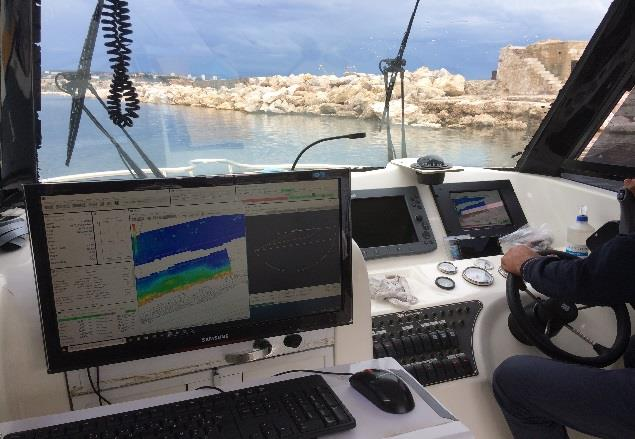
The new life of Coustié
ow that Coustié is fully equipped for high resolution multibeam survey, it will complement the work performed by Escandail, especially in bays, channels and shallow water areas. The bathymetric data acquired is now comparable to the quality obtained on Escandail; this will ensure continuity of service, especially given that Escandail is 17 years old and therefore subject to potential failures or problems despite the care and attention delivered by its crew.
Now stationed in the northern outer Port of Marseille, Coustié is operational, and the quality of data collected meets and exceeds the team’s expectations.
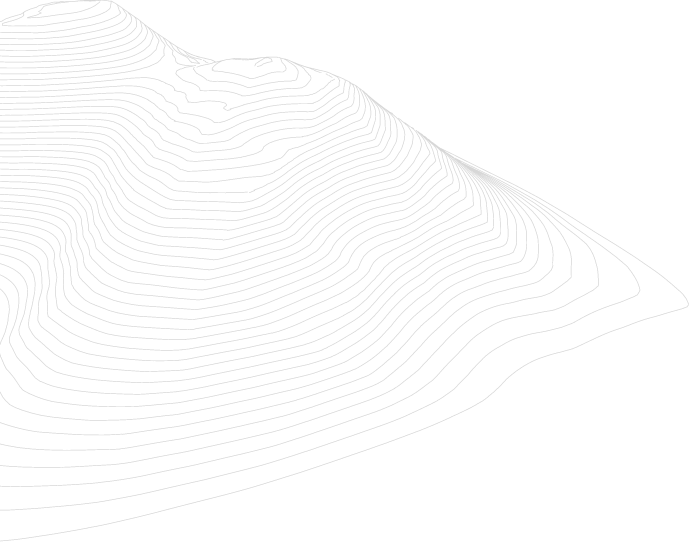
Check out the article written by Henri-Georges GAILLARD, Hydrographer at Grand Port Maritime de Marseille (French version):
Port of London Authority (PLA)
Bremen Ports
- 1
- 2
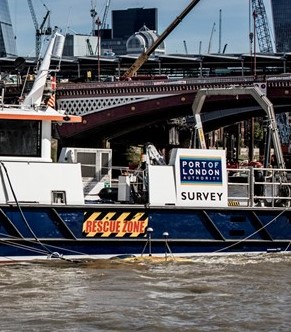
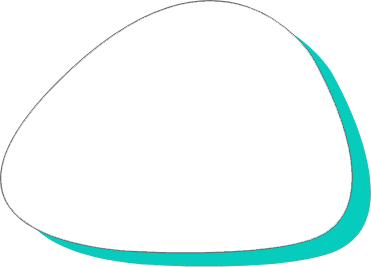
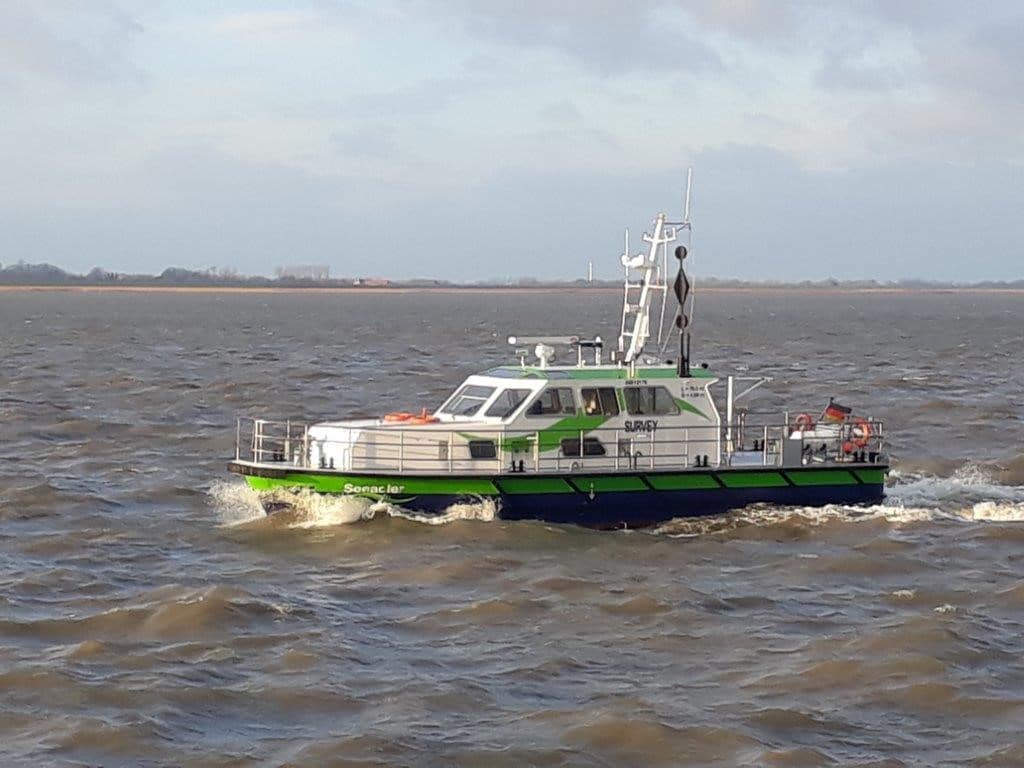

R2Sonic Multibeam Echosounders

